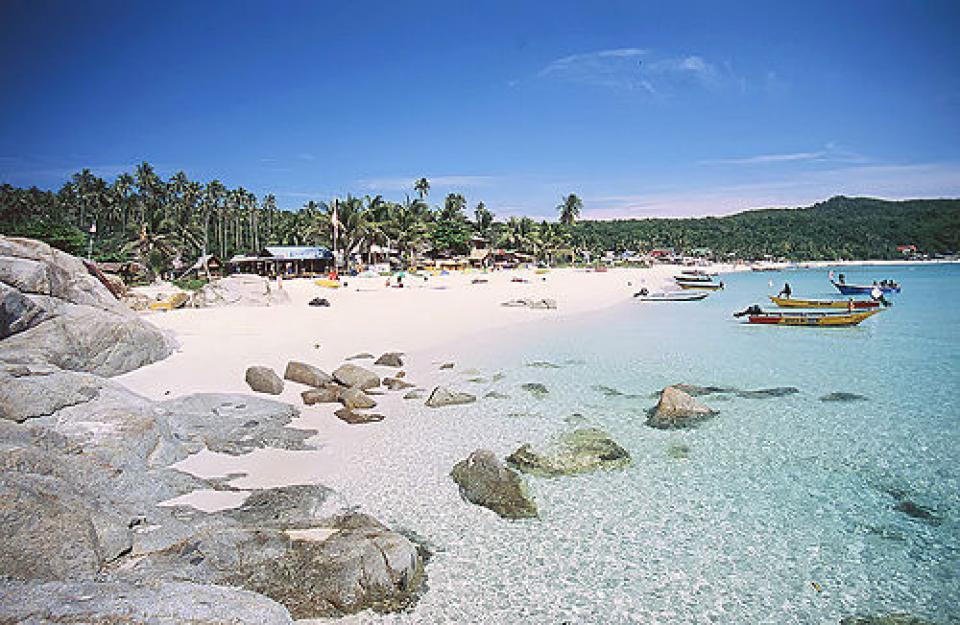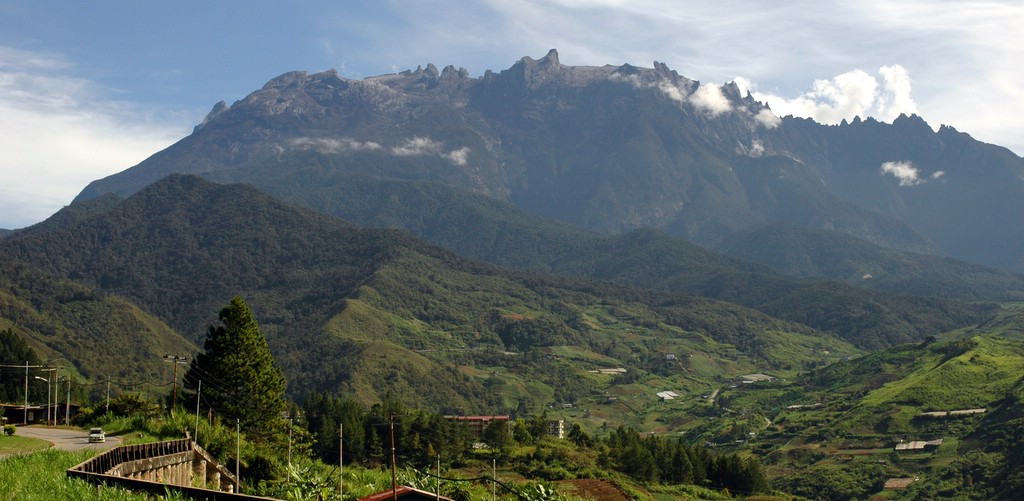Wild Wild West
Take a walk on the wild side, to the days where cowboys and Red Indians ruled the Western frontier. Meet with cowboys and cowgirls in the authentically-built cowboy town and enjoy old-styled salons and thrilling rides for the whole family!
Get wet when you ride the Grand Canyon Rapid Falls, sitting in giant tubes while swirling around the 350 m river. The Niagra Falls Flume Ride is another major attraction where you and your friends get into logs and drop down a steep hill into a 260 m long river. Other great rides include the Buffalo Bill Coaster, Butch Cassidy’s Trail and Colorado Splash.
World of Adventure
The World of Adventure offers more breath-taking rides as excitement is the name of the game here! See majestic Bengal tigers roam in their enclosure or step into the Adventure Park and see the largest collection of scholar rocks in the world.
Ride through tunnels, bobby traps and tarantulas on the Lost City of Gold. After that, take a boat ride of a lifetime down Pirate’s Revenge, Malaysia’s first and only 360-degree rotating pirate ship that swivels you 24 m up the ground. Yet another exciting right in the Tomahawk but why not try walking across the 428 m suspension bridge across Sunway Lagoon’s lake and see the entire landscape from a bird’s eye-view?
Waters of Africa
Next up is the amazing journey through the Waters of Africa! The only African-themed water park in Malaysia, the Waters of Africa has some amazing rides such as the Congo Challenge; a six-lane race where visitors can race to the finish line at speeds of 40 km ph!

The gigantic African Pythons tubes are a great place for thrill-seekers. Choose from an enclosed slide, a half-open slide and a fully-open slippery slide. Also equally as exciting is the Cameroon climb, a delight for daredevils. Here, two riders can swoop down from a height of 15 m in double tubes and shoot up and forth till they come to a stand-still.

The gigantic African Pythons tubes are a great place for thrill-seekers. Choose from an enclosed slide, a half-open slide and a fully-open slippery slide. Also equally as exciting is the Cameroon climb, a delight for daredevils. Here, two riders can swoop down from a height of 15 m in double tubes and shoot up and forth till they come to a stand-still.
Then there’s a wave pool at Jeffrey’s Bay, the largest man-made surf pool in the world. Surfers can show off their skills here during competitions to find the best surfer! For the children, the Kalahari Kids is a special playground built to resemble an African village complete with huts and Masai warrior guarding the entrance.





















